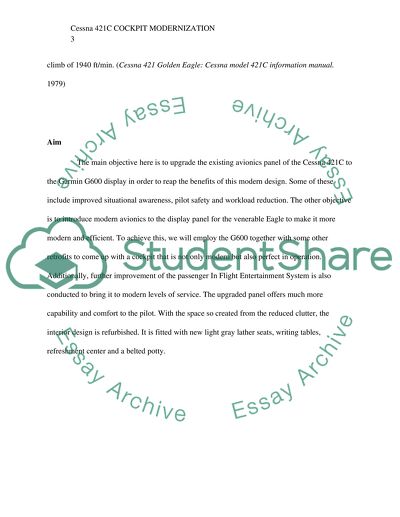Cite this document
(“Cessna 421 Cockpit Modernisation Essay Example | Topics and Well Written Essays - 1750 words”, n.d.)
Retrieved from https://studentshare.org/engineering-and-construction/1475563-cessna
Retrieved from https://studentshare.org/engineering-and-construction/1475563-cessna
(Cessna 421 Cockpit Modernisation Essay Example | Topics and Well Written Essays - 1750 Words)
https://studentshare.org/engineering-and-construction/1475563-cessna.
https://studentshare.org/engineering-and-construction/1475563-cessna.
“Cessna 421 Cockpit Modernisation Essay Example | Topics and Well Written Essays - 1750 Words”, n.d. https://studentshare.org/engineering-and-construction/1475563-cessna.


